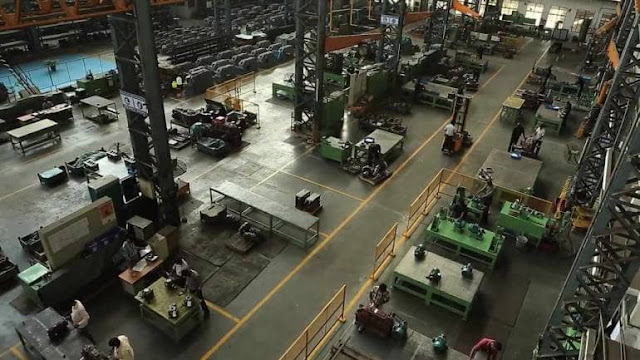The various channels through which lenders recovered their bad loans include the Insolvency and Bankruptcy Code (IBC), SARFAESI Act, debt recovery tribunals (DRTs) and Lok Adalats.
Banks have seen a significant improvement in recovery of stressed assets helped by the Insolvency and Bankruptcy Code (IBC) and amendments in the Securitisation and Reconstruction of Financial Assets and Enforcement of Security Interests (SARFAESI) Act, during FY18, according to the RBI data.
In the fiscal ended March 2018, banks recovered Rs 40,400 crore worth of bad loans as against Rs 38,500 crore recovered in FY17.
The various channels through which lenders recovered their bad loans include the Insolvency and Bankruptcy Code (IBC), SARFAESI Act, debt recovery tribunals (DRTs) and Lok Adalats.
While banks recovered Rs 4,900 crore of bad loans through the IBC, the amount recovered through SARFAESI was Rs 26,500 crore in FY18, the RBI said in its annual report on Trends and Progress of Banking in 2017-18, released to over the weekend. "Apart from vigorous efforts by banks for speedier recovery, amending the SARFAESI Act to bring in a provision of three months' imprisonment in case the borrower does not provide asset details and for the lender to get possession of the mortgaged property within 30 days, may have contributed to better recovery," the report highlighted.
During the year, recovery through Lok Adalats and DRTs declined alongside the number of cases referred, partly indicative of the growing clout of the IBC mechanism for resolution of stressed assets, the monetary authority noted.
The average recovery through IBC is greater than other mechanisms (SARFAESI, DRTs and Lok Adalats) and is also improving gradually, pointing to the need and efficiency of such a channel, the report said.
"Strengthening the infrastructure of the insolvency resolution process, including the proposed increase in the number of benches of the National Company Law Tribunals (NCLTs), should help reduce the overall time currently being taken for resolution under the IBC," the RBI said.
Besides recovery through various resolution mechanisms, banks are also cleaning up theirs balance sheets through sale of doubtful/ loss assets to assets reconstruction companies (ARCs) and other banks/NBFCs/financial institutions by taking haircuts, the report said.
During 2017-18, the acquisition cost of ARCs as a proportion to the book value of assets, has gone up, indicating better realisations by banks on sale of stressed assets.
While private sector banks have been most aggressive on asset sales, state-run lenders lagged, mainly owing to large haircuts and various management issues, the report said.
Source: https://www .moneycontrol.com/news/business/banks-recover-rs-40400-crore-from-defaulters-rbi-report-3337351.html
If you want more information regarding the Market News & many other tips like Intraday Tips , MCX Normal Calls, Bullion Market Tips , Share Market Services, NSE & BSE Market Tips , Free MCX Market Tips , MCX Premium Tips , Bullion Energy Tips , commodity market tips.
Whatsapp User Join Our Group: 9300421111













